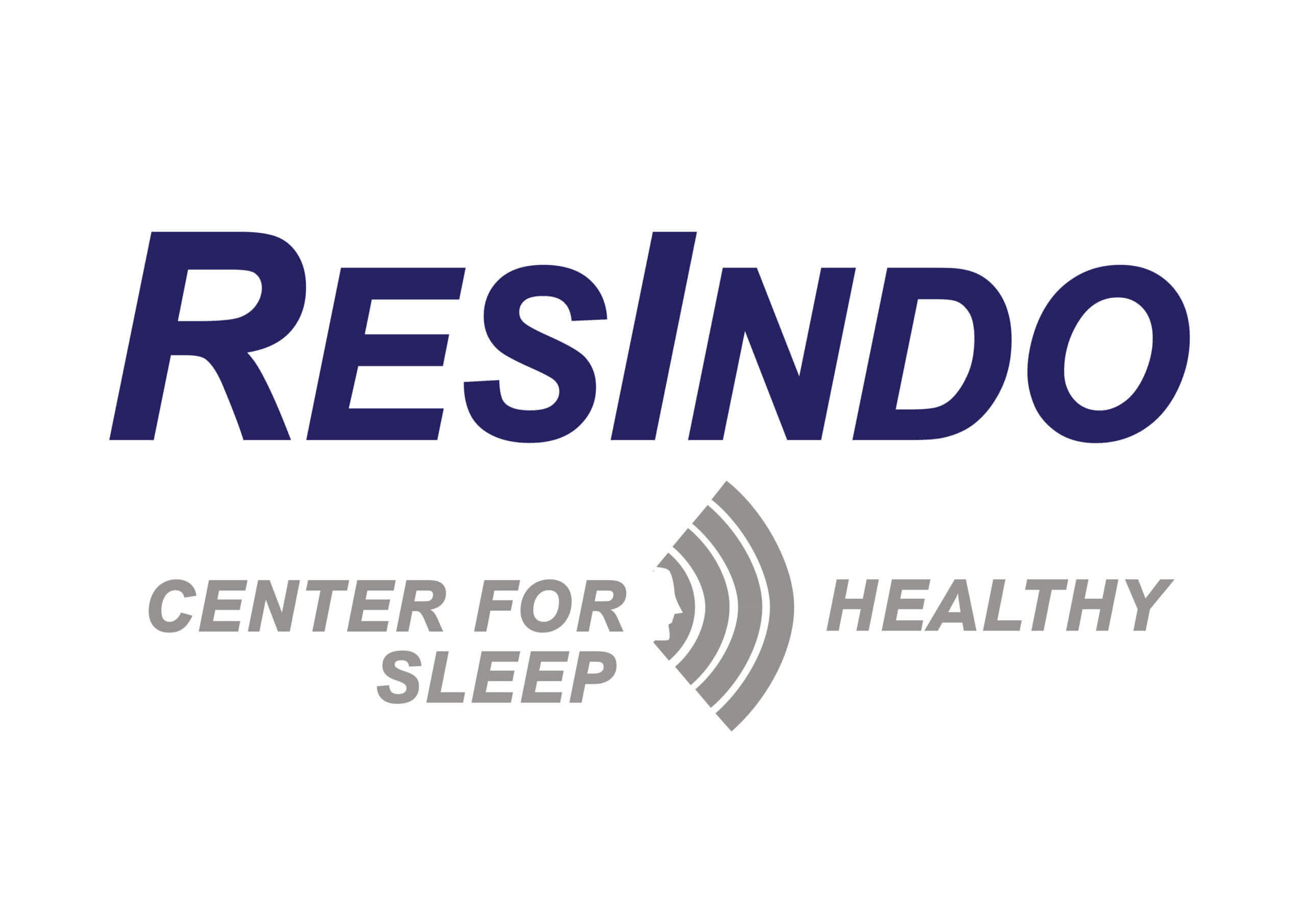WHAT IS SLEEP-DISORDERED BREATHING (SDB)?
SDB describes a number of nocturnal breathing disorders:
-Obstructive sleep apnea (OSA)
-Central sleep apnea (CSA)
-Nocturnal hypoventilation
-Cheyne–Stokes respiration (CSR)
WHAT IS OBSTRUCTIVE SLEEP APNEA (OSA)?
Most Common From SDB. A partial or complete collapse of the upper airway that causes
muscles controlling the soft palate and tongue to relax
– Person experiences apneas, hypopneas and flow limitation
– Apnea: a cessation of airflow for ≥10 seconds
– Hypopnea: a decrease in airflow lasting ≥10 seconds with a 30% oxygen reduction in airflow and with at least a 4% oxygen desaturation from baseline
– Flow limitation: narrowing of the upper airway and an indication of an impending upper airway closure
CLASSIFICATION OF SLEEP APNEA
AHI (Apnea–Hypopnea Index)
Number of apneas and/or hypopneas per hour of sleep (or study time). Reflects the “severity” of sleep apnea :
AHI = 0-4 Normal range
AHI = 5-14 Mild sleep apnea
AHI = 15-30 Moderate sleep apnea
AHI > 30 Severe sleep apnea
PREVALENCE OF SLEEP APNEA
– Approximately 42 million American adults have SDB
– 1 in 5 adults has mild OSA
– 1 in 15 has moderate to severe OSA
– 9% of middle-aged women and 25% of middle-aged men-suffer from OSA
– Prevalence similar to asthma (20 million) and diabetes (23.6 million) of US population and 75% of severe SDB cases remain undiagnosed
Signs and Symptoms of Sleep Apnea
- LACK OF ENERGY
- MORNING HEADACHES
- HYPERTENSION
- FREQUENT NOCTURNAL URINATION
- DEPRESSION
- OBESITY
- LARGE NECK SIZE
- EXCESSIVE DAYTIME SLEEPINESS (EDS)
- NIGHTTIME GASPING, CHOKING OR COUGHING
- GASTROESOPHAGEAL REFLUX (GE REFLUX)
- IRREGULAR BREATHING DURING SLEEP (IE, SNORING)
INCREASED RISK FACTORS FOR SLEEP APNEA
– Male gender
– Obesity (BMI >30)
– Diagnosis of hypertension
– Excessive use of alcohol or sedatives
– Upper airway or facial abnormalities
– Smoking
– Family history of OSA
– Large neck circumference (>17” men; >16” women), Endocrine and metabolic disorders.
CARDIOVASCULAR LINKS
– 5.7 million people in the US have heart failure
– Approximately 76% of congestive heart failure patients
have SDB8
– Heart failure is the most expensive disorder to treat
– OSA noted in 49% of atrial fibrillation patients and 30% of cardiovascular patients
– OSA presents in 70% of heart attack patients with AHI ≥5 and 52% of heart attack patients with AHI ≥10
HYPERTENSION LINKS
– Studies have shown that sleep apnea is an independent risk factor for hypertension
– 30–83% of patients with hypertension have sleep apnea6,12
– 43% of patients with mild OSA and 69% of patients with severe OSA have hypertension5
– AHA guidelines on drug-resistant hypertension have shown treatment of sleep apnea with CPAP likely improves blood pressure control
TYPE 2 DIABETES LINKS
– 48% of type 2 diabetes sufferers have sleep apnea
– OSA may have a causal role in the development of type 2 diabetes
– OSA is associated with insulin resistance (independent of obesity)
– 30% of patients presented to a sleep clinic have impaired glucose intolerance
– Mild forms of SDB may be important in predicting risk of pre-diabetes
– 86% of obese type 2 diabetic patients suffer from sleep apnea
STROKE RISK
– 65% of stroke patients have SDB
– Moderate to severe sleep apnea triples stroke risk in men
Mortality Links
– SDB is associated with a threefold increase in mortality risk. There is an independent association of moderate to severe OSA with increased mortality risk.
– Severe sleep apnea raises death risk by 46%24
HEALTH CARE COSTS
(Economic consequences of untreated SDB) :
– Undiagnosed patients used $200,000 more in the two-year period prior to diagnosis than matched controls
– Prior to sleep apnea diagnosis, patients utilized 23–50% more medical resources
– Total economic cost of sleepiness = approximately $43–56 billion
– Undiagnosed moderate to severe sleep apnea in middle-aged adults may cause $3.4 billion in additional medical costs in the US
TRAFFIC ACCIDENTS
– People with moderate to severe sleep apnea have up to 15 times higher risk of being involved in a traffic accident
– Treating all US drivers suffering from sleep apnea would save $11.1 billion in collision costs and save 980 lives annually
Treatment OSA with CPAP
• Treatment of OSA resulted in a 10 mmHg reduction in blood pressure, which would reduce stroke risk by 56% and coronary heart disease risk by 37%
• CPAP treatment reduces the need for acute hospital admission due to cardiovascular disease in patients with sleep apnea
• One month of CPAP improves daytime blood pressure, heart rate and left ventricular function
• CPAP reduces blood glucose levels
• Two nights of CPAP improves insulin sensitivity, sustained at the three-month interval
• For every dollar spent on CPAP, $3.49 would be saved in reduced collision costs
• CPAP improved the prognosis of heart failure patients with OSA
